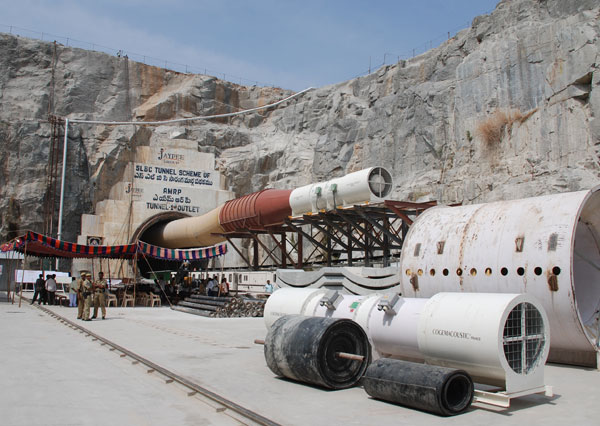By Ramu Suravajjula
Part Two of A Three-Part Series
NALGONDA, India – This is a tormented place. For decades many of its people have suffered from a crippling disease called fluorosis. It deforms the body and causes persistent pain.
The illness results from consumption of high-levels of fluoride that seeps into underground pools of drinking water in parts of Asia and Africa. The chemical, which is widely added in small amounts to drinking water around the world to prevent tooth decay, has also been found in underground deposits in the United States. But few people there have been reported to have been harmed.
Millions of people around the world are suffering with fluorosis, the World Health Organization says, and Nalgonda District in south India with 3.6 million people in the state of Andhra Pradesh is believed to be among the places in the world with the highest concentration of victims.By some estimates, millions of people in India are suffering with fluorosis. Several neighboring districts reportedly have significant numbers of fluorosis as do the Indian states of Utter Pradesh, Bihar and Rajastan.
There is no cure for fluorosis, medical experts say. But researchers say that drinking clean water stops the progress of the disease and that some victims have improved after drinking uncontaminated water and taking vitamins.
This is the second in a series of three articles about fluorosis in Nalgonda.
Construction site of tunnel for fresh water. Photo by Singam Venkataramana
There are no comprehensive statistics on fluorosis victims in India, as far as can be determined. Estimates of the number of fluorosis victims in Nalgonda, alone, range from tens of thousands to hundreds of thousands. Kanchukatla Subhash, the founder of Fluorosis Vimukti Porata Samtihi or the Organization to Fight Fluorosis, a non-governmental group, estimates that as many as 800,000 people in Nalgonda District are suffering from acute fluorosis.
Local government officials in Nalgonda put the number at 70,000. The officials said they were not authorized to speak to a reporter and discussed fluorosis only under the condition that they not be identified. Fluorosis victims here and in other parts of India have attracted little attention outside the country. The victims have mainly endured on their own with little help from the government or private agencies.
But there has recently been a break through. Two years ago the government of Andhra Pradesh began building tunnels and a reservoir that will bring clean water from the Krishna River to Nalgonda. The estimated cost is about 28 million rupees or nearly $600 million, much more than India has ever spent on fluorosis. But the going has been slow. The main tunnel will be 26 miles or 43.5 kilometers long. So far, work has been completed on three miles of the tunnel.
Some politicians in the ruling Congress Party refused to discuss fluorosis with me and said they wondered why I would want to write a story about the disease now that the government had begun work on the Krishna River project. Health experts say the Krishna River project will benefit only a portion of the people of Nalgonda and will have no effect on fluorosis victims elsewhere in India.
Over the years there has been talk of resettling the people of Nalgonda. Nearly 30 years ago, in 1980, 700 people abandoned the village of Batlapally and were relocated with government assistance. But most people say they do not want to move and, partly restrained by cost, the government has not pressed the issue.
Four men afflicted with fluorosis. Courtesy of Shailesh Reddy

